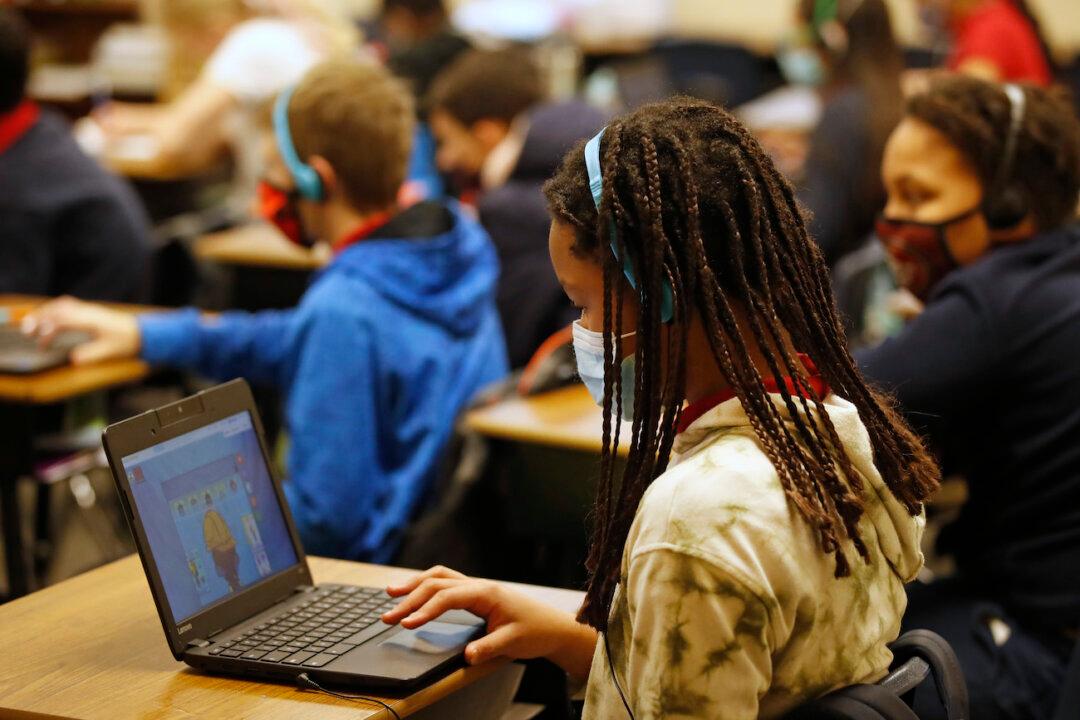A Pittsburgh physician says the Centers for Disease Control and Prevention’s (CDC) report of rising hospitalizations among adolescents aged 12 to 17 is misleading, saying it makes “no sense to raise alarms” as the same data used in the report showed a significant decline in the month following the slight increase.
“Listen. There was definitely an increase in April, but why would CDC make this statement today, or publish a graph showing a scary increase, given that it’s now June. Have you seen what’s happened from May 1 to today?” Dr. Walid Gellad, an associate professor of medicine and health policy at the University of Pittsburgh wrote on Twitter on June 4, following the publishing of the CDC report.






